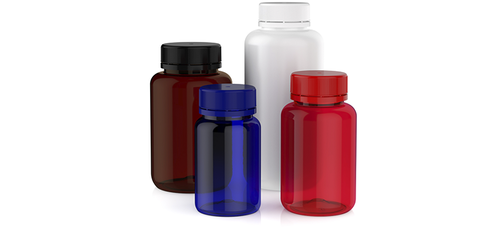Do you ever wonder why toys can handle so much throwing, banging, and chewing? Or why the lid on your shampoo bottle can tolerate the constant opening and shutting?
This amazing resilience is likely because both products are made from polypropylene plastic.
Also called PP plastic, this is the second most extensively used plastic. It is known for being durable, robust, and resistant to many external factors.
You’ll be surprised by the inherent use of PP plastic in everyday items such as utensils, housewares, toys, cars, plastic pallets, sportswear, and even in lab and medical equipment.

Some benefits include:
Chemical Resistance:
Many chemicals don’t react with PP, which means it’s suitable for plastic pallets and containers that handle such chemicals.
Biological Resistance:
PP plastic doesn’t deteriorate, or form mould caused by biological variables such as fungi and bacteria.
Water Resistance:
This material is highly impermeable; an essential quality for total immersion uses such as in industrial and medical applications.
Fatigue Resistance:
Polypropylene can maintain its shape after experiencing torsion or bending, making it an ideal material for living hinges. This is why shampoo lids are made of plastic.
Insulation:
PP plastic is highly resistant to electricity which is why it is the material of choice in electronic components.
High Melting Point:
This material has a high melting point, making it an excellent material for kitchen utensils, food appliances.
Low Cost:
Polypropylene is a very affordable material and is therefore easy to make available to many users.
Recyclable:
Polypropylene plastic is a sustainable material. It is entirely recyclable. Unlike other plastics, it can be used repeatedly, preventing it from ending up in a landfill.



